A list of the best fine art photographers, both contemporary and historical.
fine art
noun
1.
creative art, especially visual art whose products are to be appreciated primarily or solely for their imaginative, aesthetic, or intellectual content.
“the convergence of popular culture and fine art”
2.
an activity requiring great skill or accomplishment.
“the fine art of drinking tequila” – which certainly is a fine art.
Photography has enjoyed a battle with the classicists since it’s inception, the debate of whether photography can ever be Art I’m sure will rage on for many years to come. Let the keyboard warriors while away the hours in deep discussion, and we can spend our time enjoying some of the greatest photographs ever taken, and hope they might inspire us to create our own work.
Fine art photography over the years has been used to explore everything from political and environmental issues to the intrigue of the purely banal. This article will give you a glimpse inside the mind of some of the greatest practitioners in the fine art field.
It’s a broad spectrum, and I hope you enjoy the list. There are affiliate links in this article, if you click on one of the links and buy a book a small percentage of the sale goes to me and my reforestation efforts, I hope that’s ok with you. In no particular order, I give you my take on the greatest fine art photographers to have ever lived.
Famous Photographers
Fong Qi Wei
A photographer who seeks to defy categorisation, I’m sure he won’t mind being included in this best of fine art photographers list…even if I have just categorised him. My students were always taken with his work, there was something about the passing of time that they were all fascinated by. I consider his inclusion necessary considering how much they loved him. Multiple exposures of the same scene create a sense of time passing and unlock a new vision of an otherwise familiar landscape.

Hiroshi Sugimoto
I make no secret of my love for Hiroshi Sugimoto, he tops this list, not because I objectively think he’s the best, but because I think he is someone everyone should know about. Photography has so many numbers on lenses, fractions of seconds in camera menus and an entirely new vocabulary to learn. Sugimoto’s work in cinemas (using the length of the movie as the amount of time the shutter is open for) reminds us that even though photography is incredibly technical, we should never get bogged down in our desire to create. You can purchase the hardback of this book from Amazon.
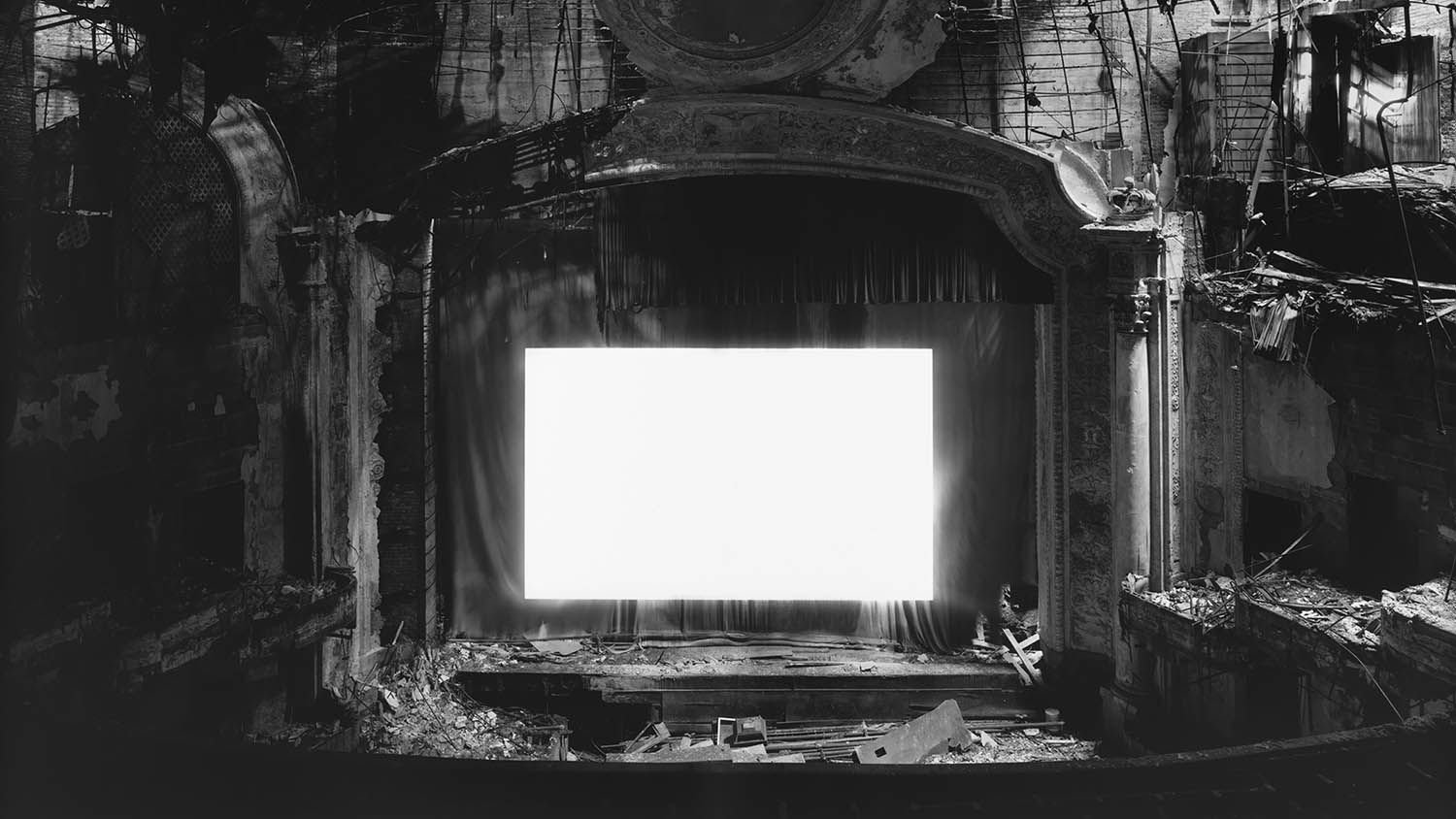
Richard Misrach
Misrach is another of my all time favourites, I include him in this list because his landscape work not only carries a haunting beauty in it’s minimalism, it’s also proof that exceptional beauty can also carry a deep and powerful message. Many of Misrach’s series of pictures document the impact that the human race has on the environment. I consider him one of the pioneers of the green movement, having been documenting our destructive behaviour for many years. Misrach has put together an insightful book called: Richard Misrach on Landscape and Meaning which is worth a look if you’re interested to learn more.

Watch this video for further insight into the man and his work:
David Hockney
Best known for his paintings, Hockney’s polaroid work is truly inspiring. Photographing the same subject multiple times is reminiscent of Picasso’s desire to render a two dimensional object in three dimensions. Hockney once remarked about photography “Photography is all right if you don’t mind looking at the world from the point of view of a paralysed cyclops-for a split second”. Let’s just say our views on photography differ. He remarked on this series “If you put six pictures together, you look at them six times. This is more what it’s like to look at someone”, which I happen to agree with. The face is never still, and is certainly that photograph can only mimic in likeness, however this series introduces movement, and has a dynamic quality to it, much closer to the action of observing a person in the flesh.

Rodney Smith
Arguably more fashion than fine art, I must admit, I simply adore Smith’s work. There is a certain magic that he captures, it reminds me not to take life so seriously and to seek out whimsy and fun wherever possible. His pictures are meticulously crafted, and no doubt heavily influenced by the work of Magritte. There is a book available to purchase, but the hardback was over £900 the last time I checked, so maybe not within everyone’s budget, but the paperback was around £75 if you’re a hardcore fan.
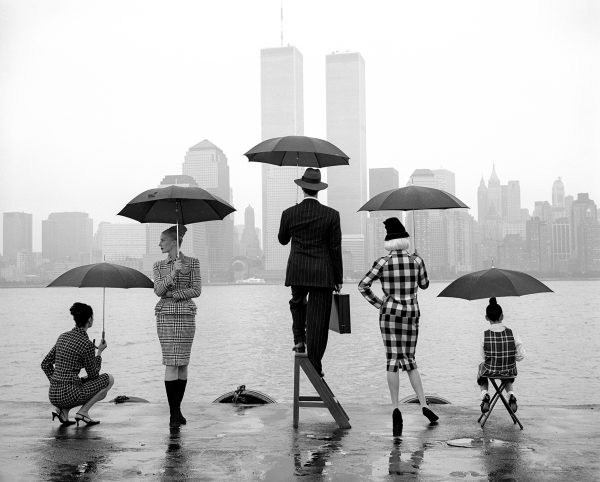
David Yarrow
Where would a fine art photography list be without the most iconic fine art wildlife photographer? David Yarrow has been at the top of the pile for many years, his photographs take weeks to execute, but they are truly stunning to behold. Yarrow too is not afraid to embrace the political in his work, evidenced in his book: Wild Encounters: Iconic Photographs of the World’s Vanishing Animals and Cultures
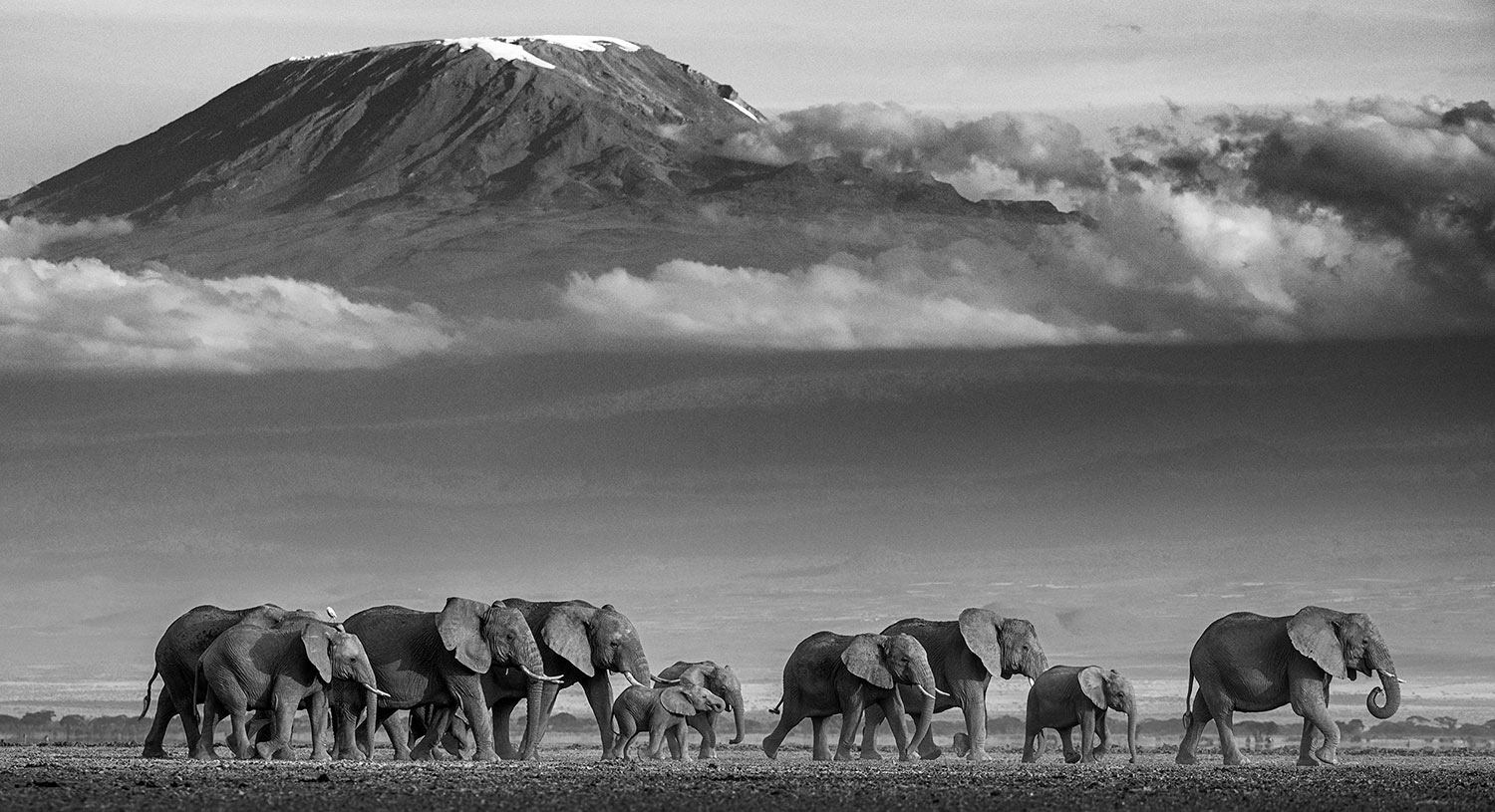
Cindy Sherman
Cindy Sherman is one of the most conceptual fine art photographers who challenge the stereotypes set around a women’s femininity and beauty. She gained fame from her self-portraits that might appear seductive at first glance. However, they represent a different idea. She is herself a critic of identity and gender as evident from her portraits. This image, from her series of untitled film stills, is amongst my favourites. In aesthetic it captures the air of a classic Hitchcock film, and plays on our collective assumptions about who this character may be. The hardcover book of the complete Untitled film stills series can be purchased from Amazon.
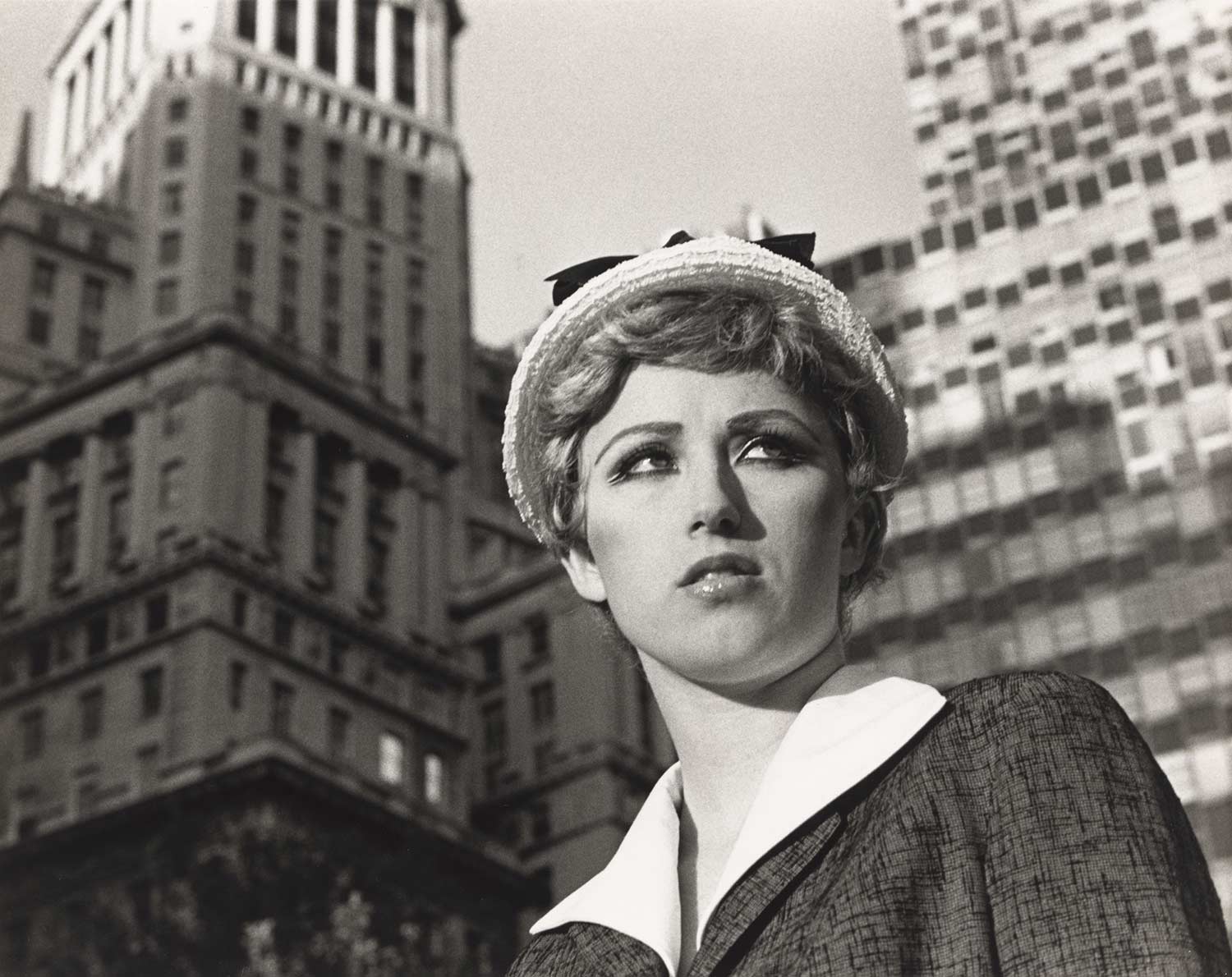
William Eggleston
Similar to Stieglitz, William Eggleston is one of the most influential photographers but of the 20th century. He advocated the use of colour photography as an art medium and increased recognition of it. I first encountered his work when I found an article that displayed his interpretation of wedding photographs, as this is my field my curiosity was of course piqued! Needless to say, they were classic Eggleston. Never afraid to push boundaries, the story claims that he delivered pictures of the sky. I love this as an idea, however I’m not sure my clients would be too thrilled if I did the same. Most famous for his use of bright colours, Eggleston championed a printing process not before seen in the art world which produces the most beautiful and vibrant pictures. An exhibition of his originals is not to be missed.

Alfred Stieglitz
There is no other person who deserves the most to be on this list than Alfred Stieglitz. He is regarded by many as the father of modern photography and for good reason. Stieglitz is the first known person who thought of photography as a pure art form and his refined works and vocal support prove his advocacy towards his belief. This picture, titled The Incoming Boat, was taken in 1894.

Ansel Adams
Ansel Adams is one of the beloved, if not the most beloved, photographer in the United States. His fine art photography took over the hearts of the masses because he represented pure, more realistic concepts while still utilizing the full tonal range of the images.
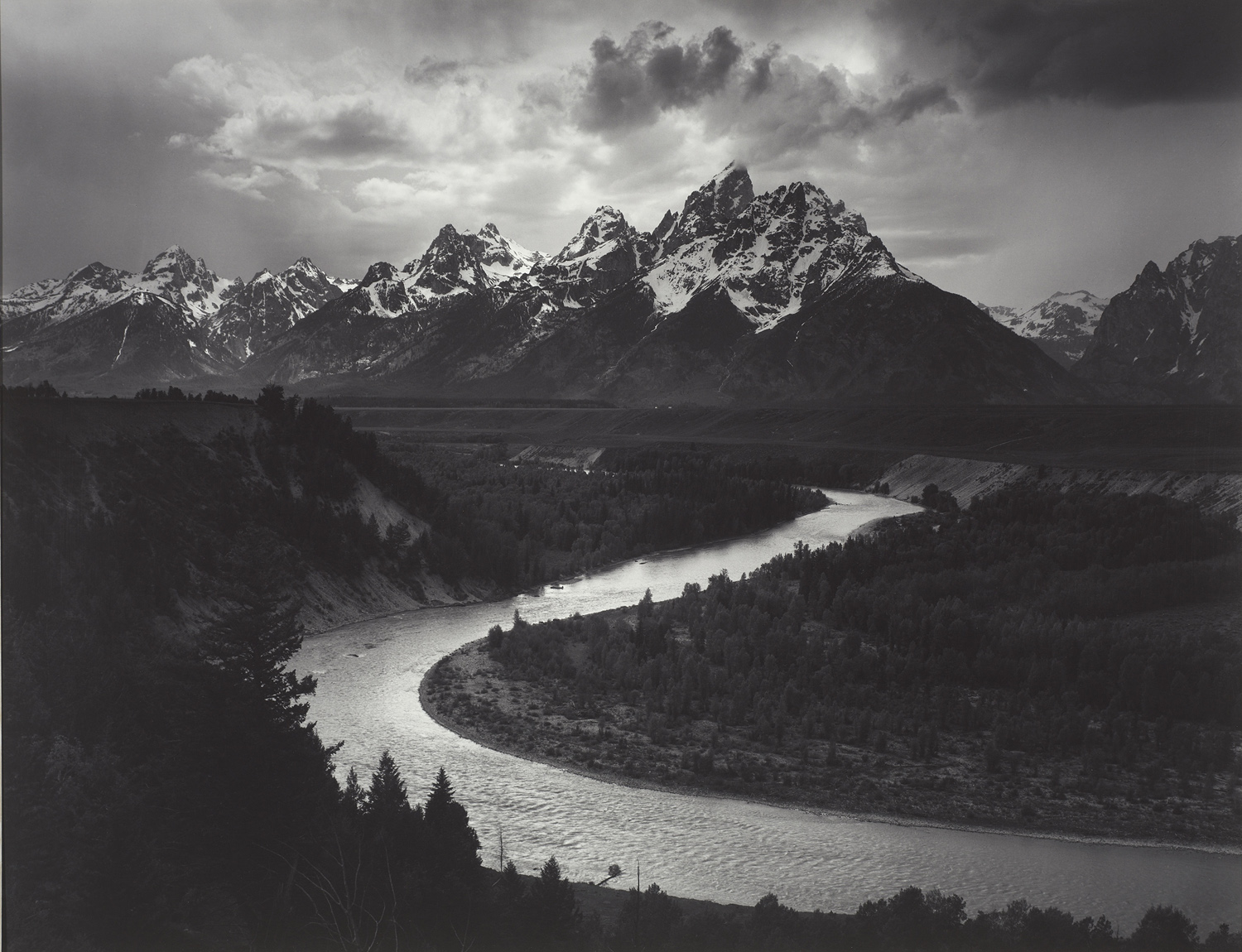
Brooke Shaden
Brooke Shaden’s works always depict a juxtaposition of two concepts, may it be life or death or even darkness and light in people. She was once afraid of looking weird and speaks openly about being self conscious in her past, she explores this through self-portraiture, showing her in varying surreal concepts. It is like she’s a new person in every single portrait.

Riccardo Magherini
Another practitioner who seeks to capture the passing of time in his images, Magherini takes multiple frames of the same location, and layers them to create unique images that distort the subjects within the picture, and create a sense of movement. Much like Hockney and Picasso, the pieces seek to capture the dynamic nature of the world and how it is never static. Even though the image depicts a building made of stone, a frantic energy is ever present.

Maria Svarbova
Finding inspiration in everyday places like the swimming pools of the Soviet era, she creates masterpieces that appear frozen in time. She uses a vibrant yet nostalgic colour palette to portray people in repetitive basic activities that give a glimpse of a forgotten time. Very Wes Anderson.

Francesca Woodman
Her short career which unfortunately ended with her suicide still acts as an inspiration for a lot of people, especially independent women. Her fine art photography which featured her black and white self-portraits explored the body and sexuality and challenged taboos.
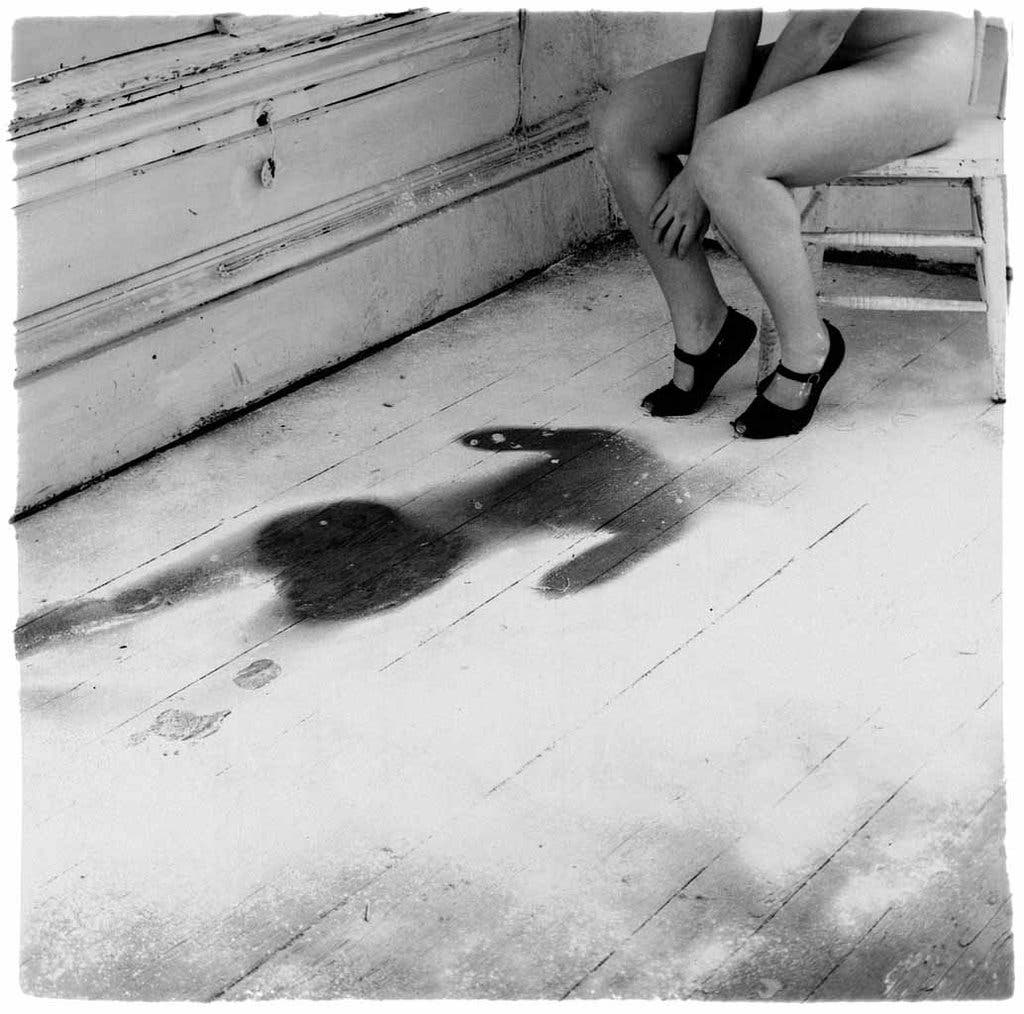
Rob Woodcox
A disposable camera and instructions from his mother to document his adventures turned a boy into one of the most creative fine art photographers. Often combining human bodies with surreal landscapes, he tries to preach the message that humans are one with nature. The composition of his art, the subjects and the message are all perfectly synchronized and simply stunning.

Hengki Koentjoro
Combining nature with surrealism, Hengki Koentjoro tries to create photographs that are inspired by Zen Buddhism. You will see that all of his works are more inclined towards showing nature in its magnificence but with ethereal elements. He approaches his subjects like a child approaches new places with a sense of awe and admiration.
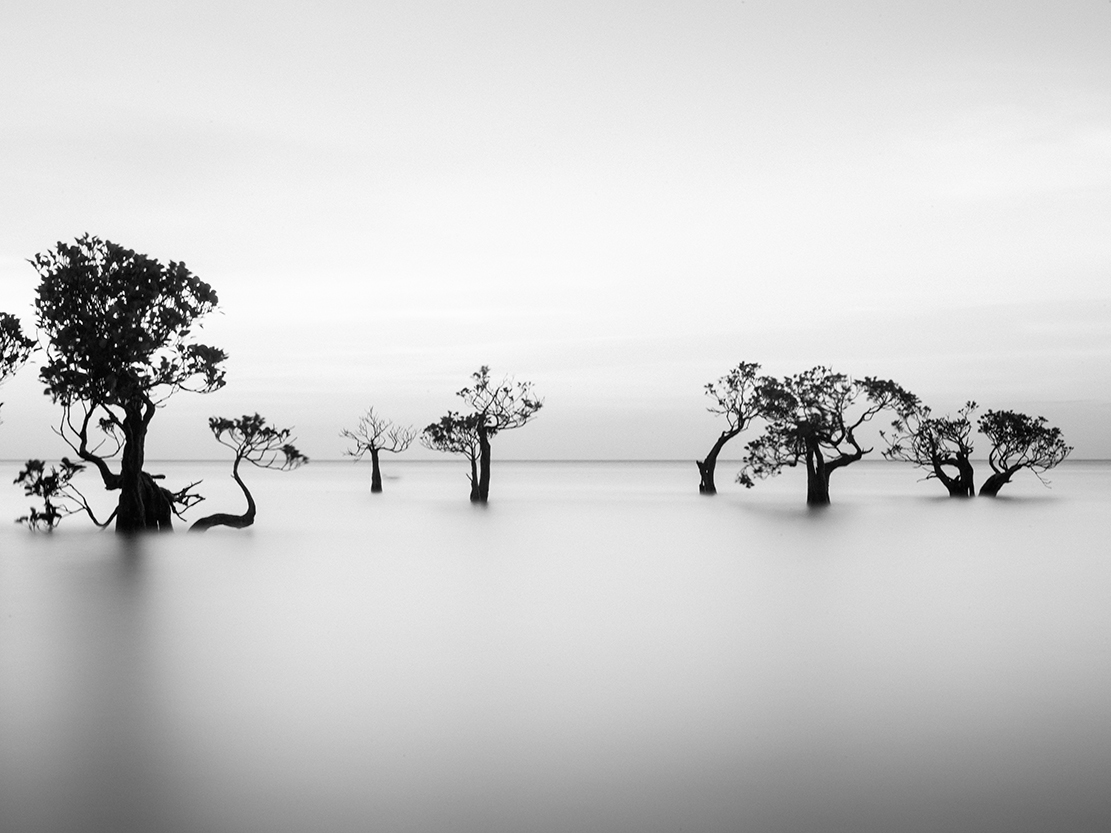
Conclusion
There is no better way to get inspiration than directly from the masters of the field. Let these photographers serve as a gateway so that you can find your style. The most successful fine art photographers weren’t afraid to experiment, and neither should you be. I always recommend starting your photography project with a question, who knows where it will lead, but it always helps focus the mind, so you aren’t simply overwhelmed by the breadth of possibilities. If you were inspired by Fong Qi Wei’s work for example, you might ask yourself, ‘how else can I photograph the passing of time?’ or if you loved Hiroshi Sugimoto’s pictures, you might start a project by asking ‘what other things can determine the length of an exposure? A hand clap? The amount of time it takes to spin in a circle?’ let your imagination run wild!
